Electric vehicles have been around long enough to attract their fair share of myths, half-truths, and those confidently wrong coffee shop “expert” opinions. Many of these misconceptions come from outdated information based on the earliest EVs, while others are just urban legends that have stubbornly stuck around. In 2025, with EV technology advancing faster than ever, it is time to clear the air and set the record straight.
EVs Cannot Go Far Enough on a Single Charge
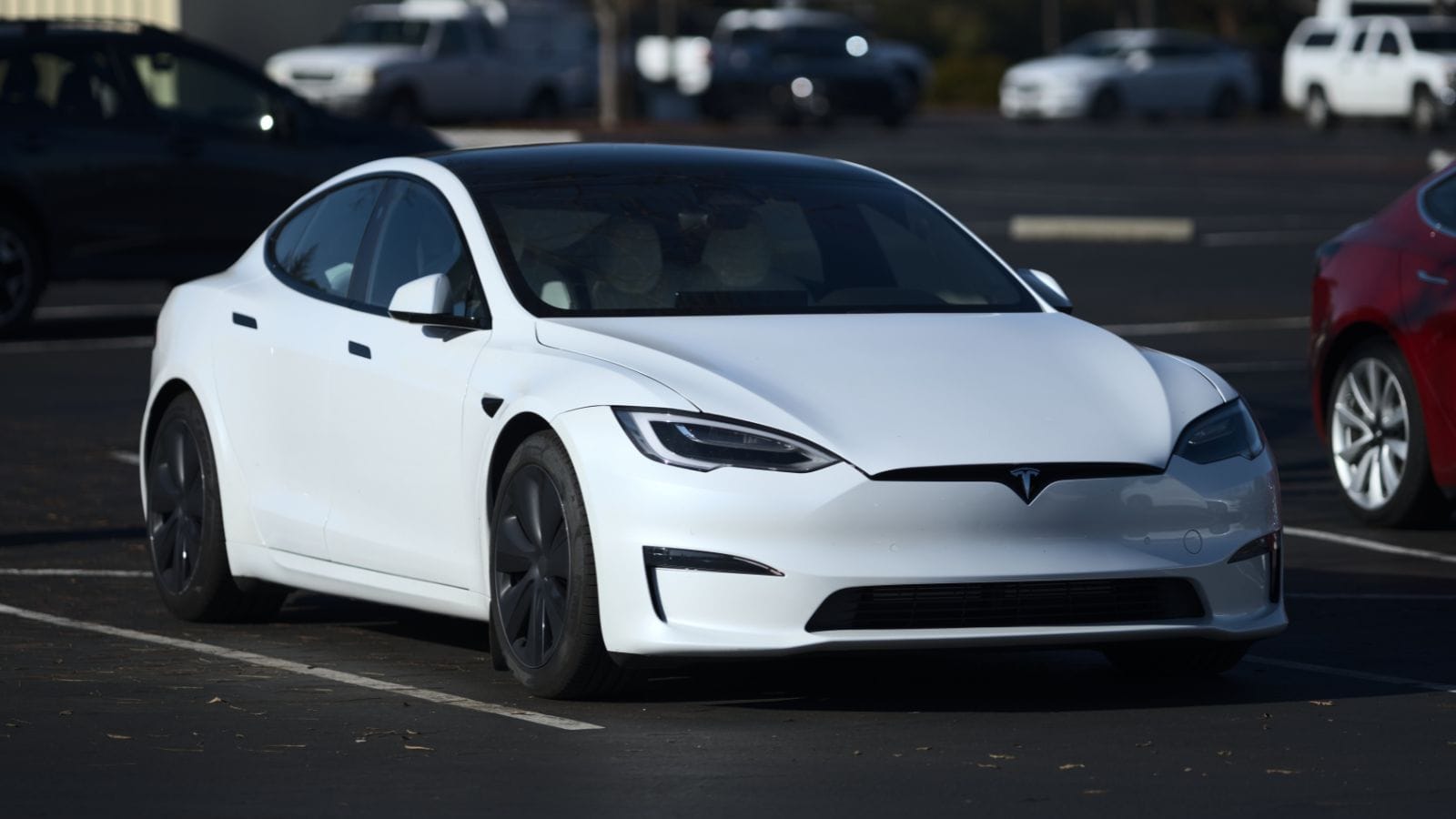
It is true that early electric cars like the first-generation Nissan Leaf struggled to reach 150 kilometers in perfect conditions. Today, however, that is ancient history. Modern EVs like the Tesla Model S Long Range can travel over 650 kilometers, the Lucid Air boasts more than 800 kilometers, and even mainstream models like the Hyundai Ioniq 6 or Chevrolet Blazer EV exceed 400 kilometers. Battery chemistry has improved, aerodynamic drag has been reduced, and regenerative braking helps capture energy that would otherwise be lost. For the average commuter, range anxiety is far less of a real-world issue than running low on gas in a remote area.
Charging Takes Forever

Many still picture charging an EV as a half-day ordeal, but the truth is more nuanced. Yes, plugging into a regular household outlet overnight is slow, but that is like refilling your car with a tiny hand pump instead of using a fuel nozzle. With Level 2 home chargers, you can add more than 40 kilometers of range per hour, meaning a full charge overnight is easy. On the road, high-powered DC fast chargers such as Electrify Canada and Tesla Superchargers can push an EV to 80 percent in just 20 to 40 minutes. Porsche’s Taycan and Hyundai’s E-GMP platform cars can even manage this in under 20 minutes under optimal conditions.
EVs Are Boring to Drive
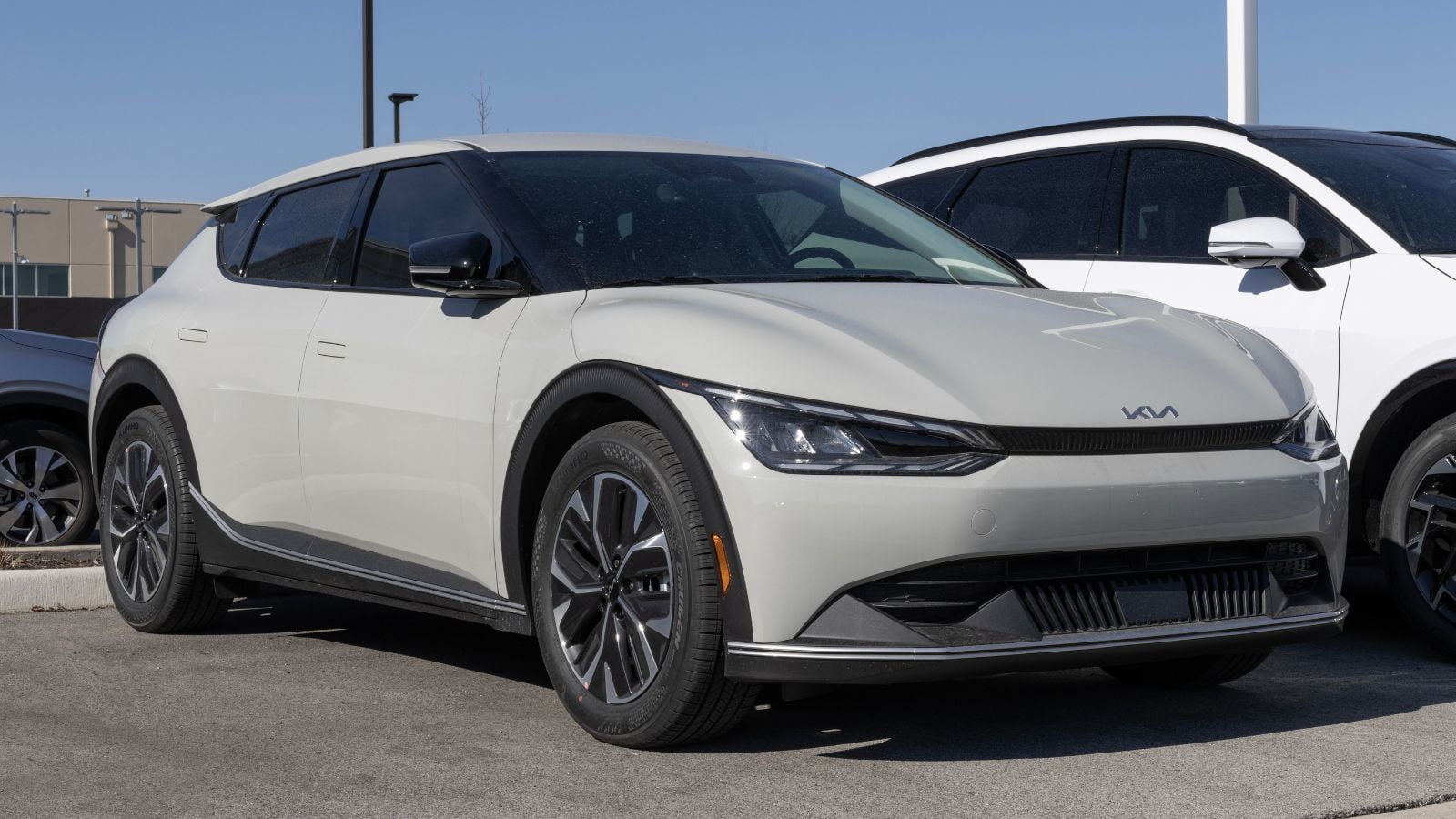
People who say EVs are dull have probably never stomped the accelerator in a Tesla Model 3 Performance or a Kia EV6 GT. Instant torque from zero RPM means there is no waiting for a turbo to spool or a transmission to downshift. This results in sub-four-second sprints to 100 km/h in cars that look like ordinary family sedans or crossovers. The heavy battery pack also lowers the center of gravity, which can make cornering surprisingly sharp. Even practical EVs like the Ford Mustang Mach-E feel playful in the right driving mode, while performance-focused models like the Rimac Nevera are simply mind-bending.
They Are Not Suitable for Cold Weather
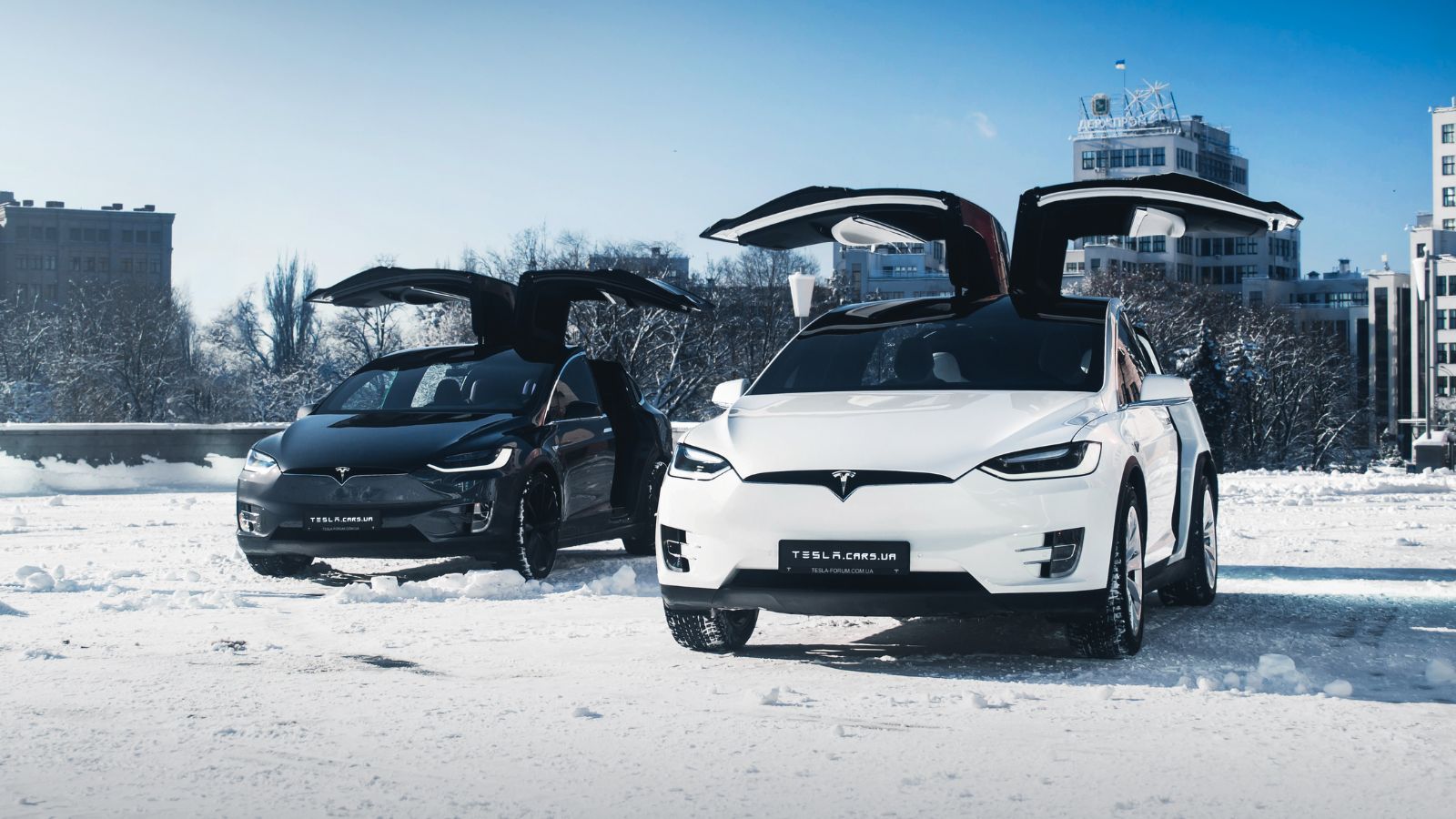
Cold weather does affect batteries, but the myth that EVs simply “do not work” in the cold is nonsense. Norway, which sees freezing winters for months, has one of the highest EV adoption rates in the world. Modern EVs use heated battery packs, advanced thermal management systems, and preconditioning that warms the battery while plugged in before you set off. Tesla, Polestar, and Hyundai all offer winter mode features to optimize range in low temperatures. While you may lose around 10 to 20 percent range in extreme cold, that is still more than enough for most daily driving needs.
EV Batteries Do Not Last Long

Some buyers still fear the dreaded five-year battery death, a hangover from early laptop and phone batteries. In reality, modern automotive-grade lithium-ion packs are built to last. Most carry eight-year or 160,000-kilometer warranties, and many are exceeding expectations. A well-maintained Tesla Model S can go well over 300,000 kilometers before losing significant range, and taxi fleets running Nissan Leafs have logged similar milestones with minimal battery degradation. As manufacturing improves, solid-state batteries may push longevity even further.
They Are Too Expensive for Most People
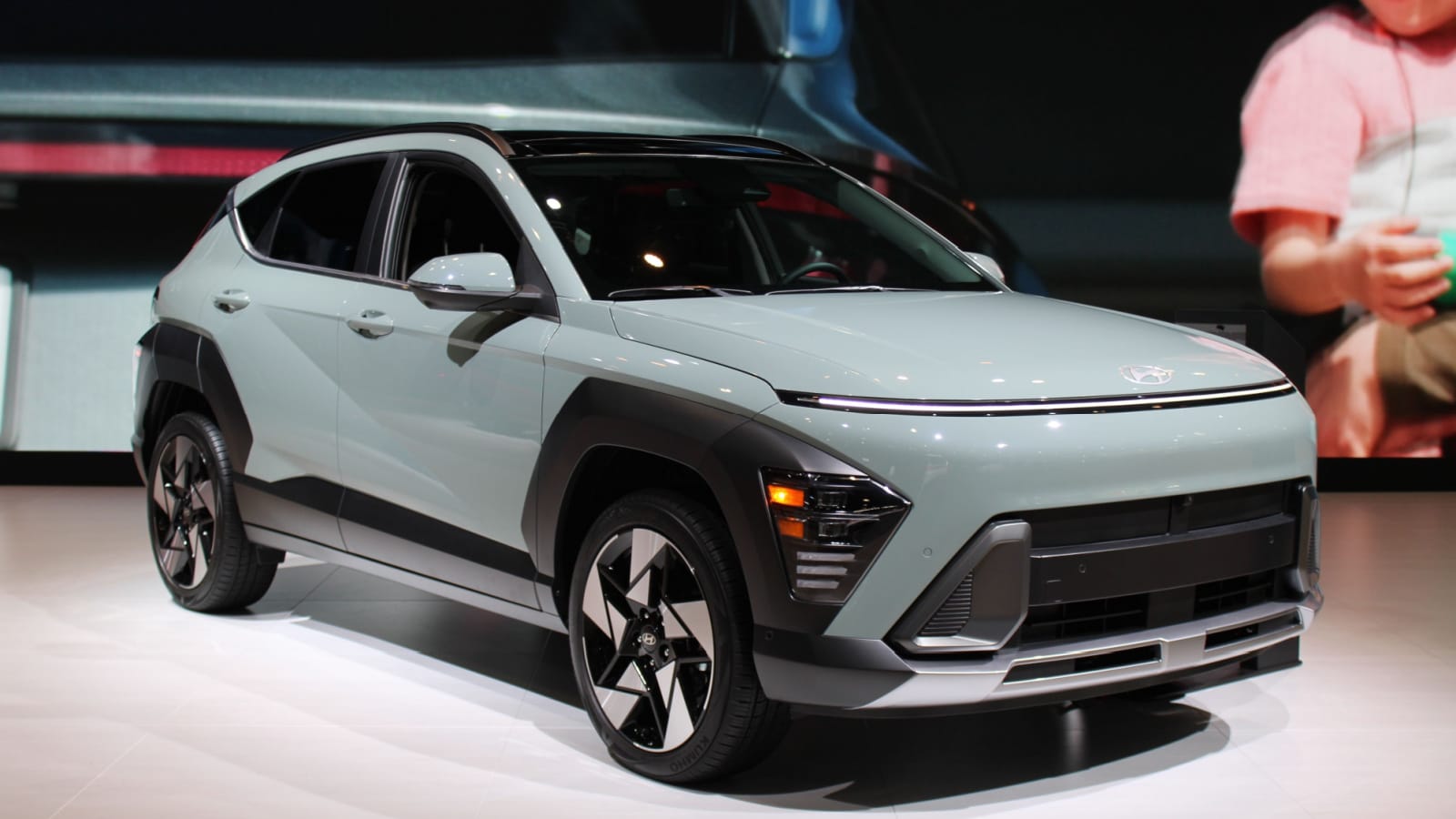
The headlines often feature six-figure luxury EVs, but that is not the whole picture. Cars like the Chevrolet Bolt, Nissan Leaf, and Hyundai Kona Electric have brought EV ownership into the realm of affordability. The used market is also expanding quickly, with three-to-five-year-old EVs selling for far less than new models while still offering excellent range and features. When you factor in lower fueling costs, reduced maintenance, and available incentives in some Canadian provinces, total cost of ownership can rival — or even beat — a comparable gas-powered car.
EVs Are Worse for the Environment Than Gas Cars
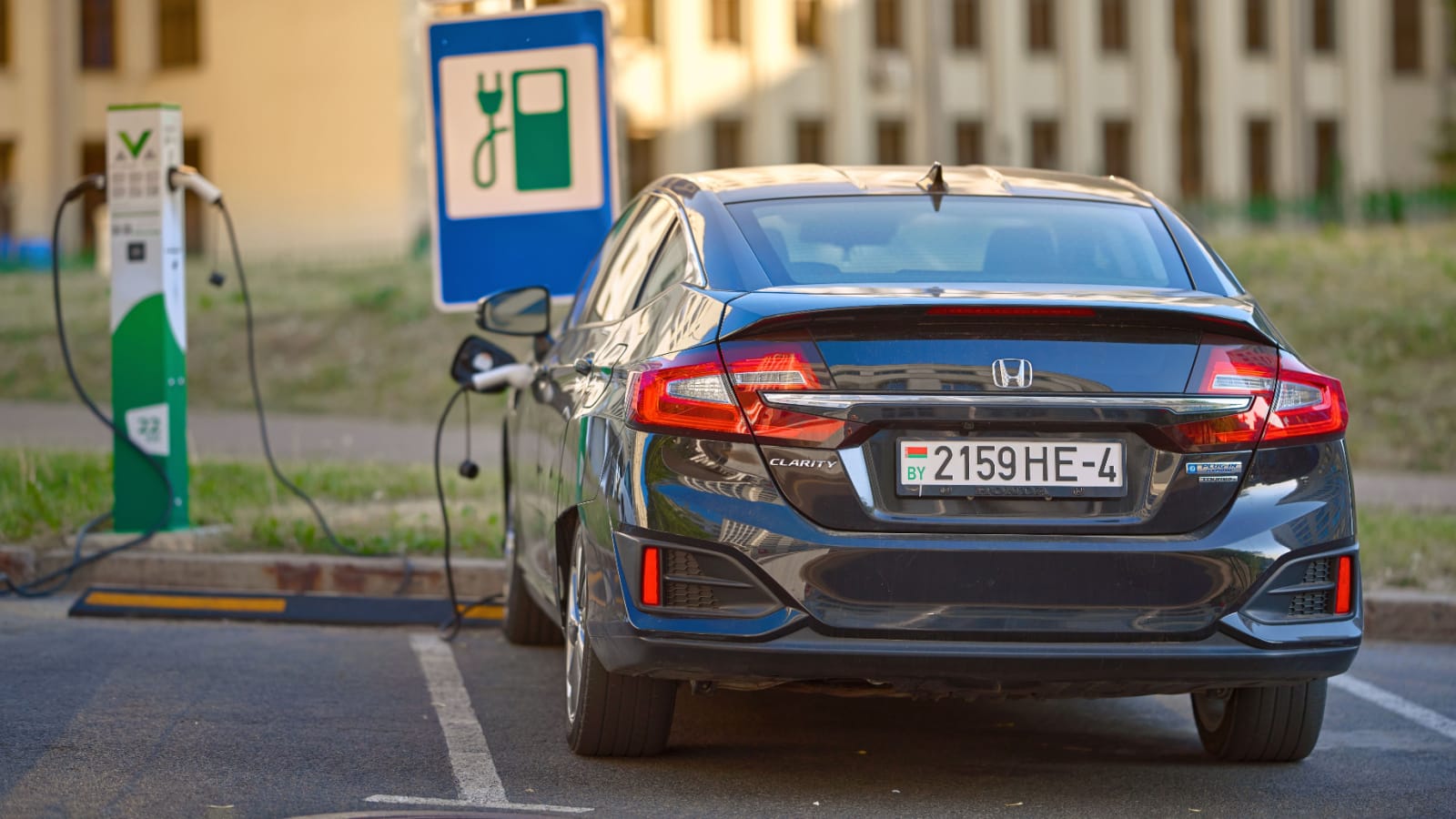
One of the most persistent myths is that building an EV creates more pollution than a gas car will ever emit. While it is true that battery manufacturing produces higher initial emissions, multiple studies from the International Energy Agency and other independent research groups confirm that EVs break even on emissions after just two to three years of driving. After that, their cleaner operation, especially when charged with renewable energy, makes them far less polluting over their lifespan. Countries like Canada, with a high percentage of hydroelectric power, see the environmental advantage even sooner.
25 Facts About Car Loans That Most Drivers Don’t Realize

Car loans are one of the most common ways people fund car purchases. Like any other kind of loan, car loans can have certain features that can be regarded as an advantage or a disadvantage to the borrower. Understanding all essential facts about car loans and how they work to ensure that you get the best deal for your financial situation is essential. Here are 25 shocking facts about car loans that most drivers don’t realize:
25 Facts About Car Loans That Most Drivers Don’t Realize
